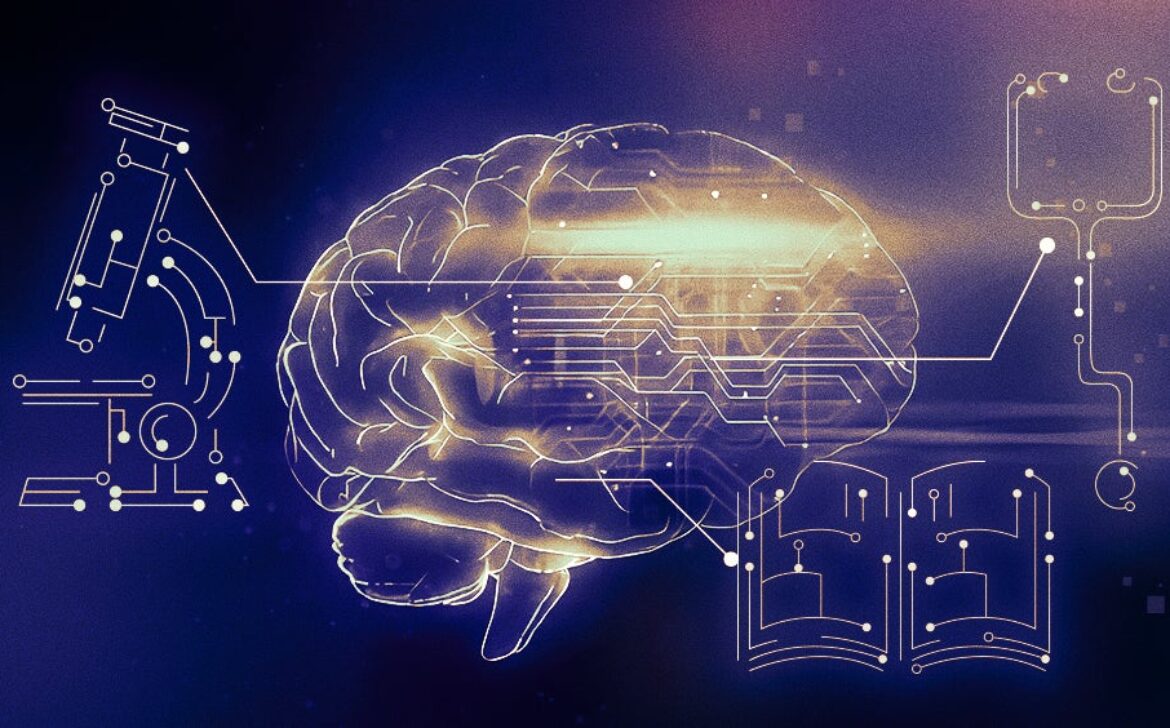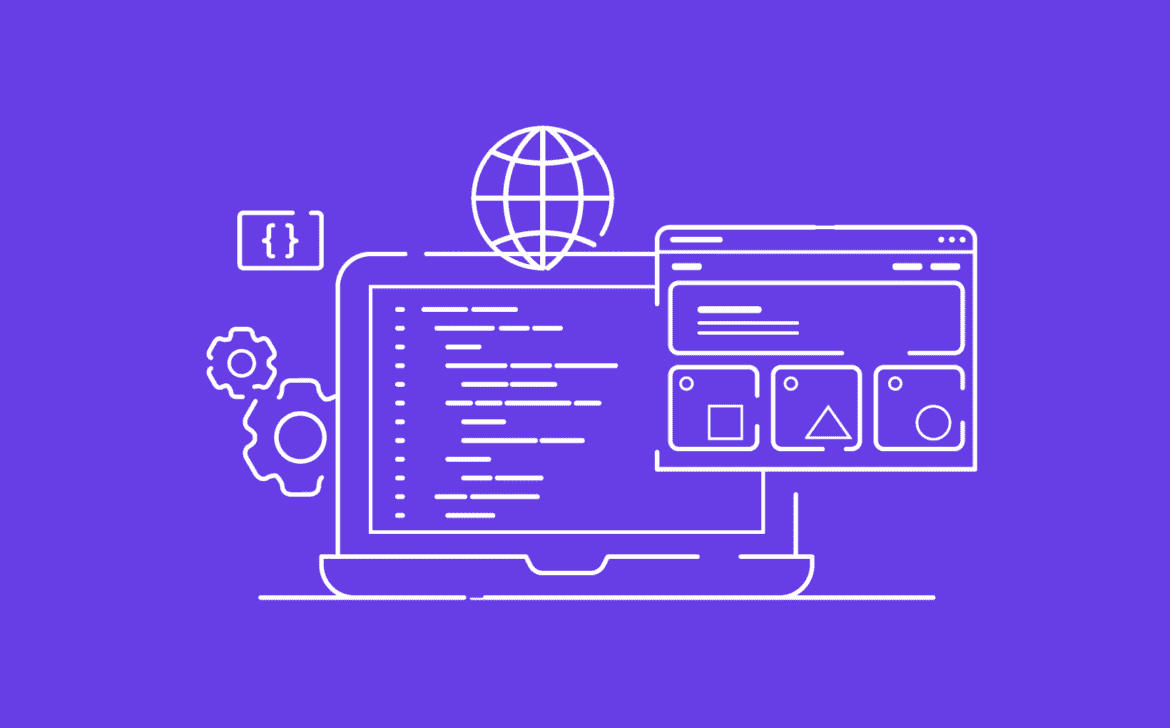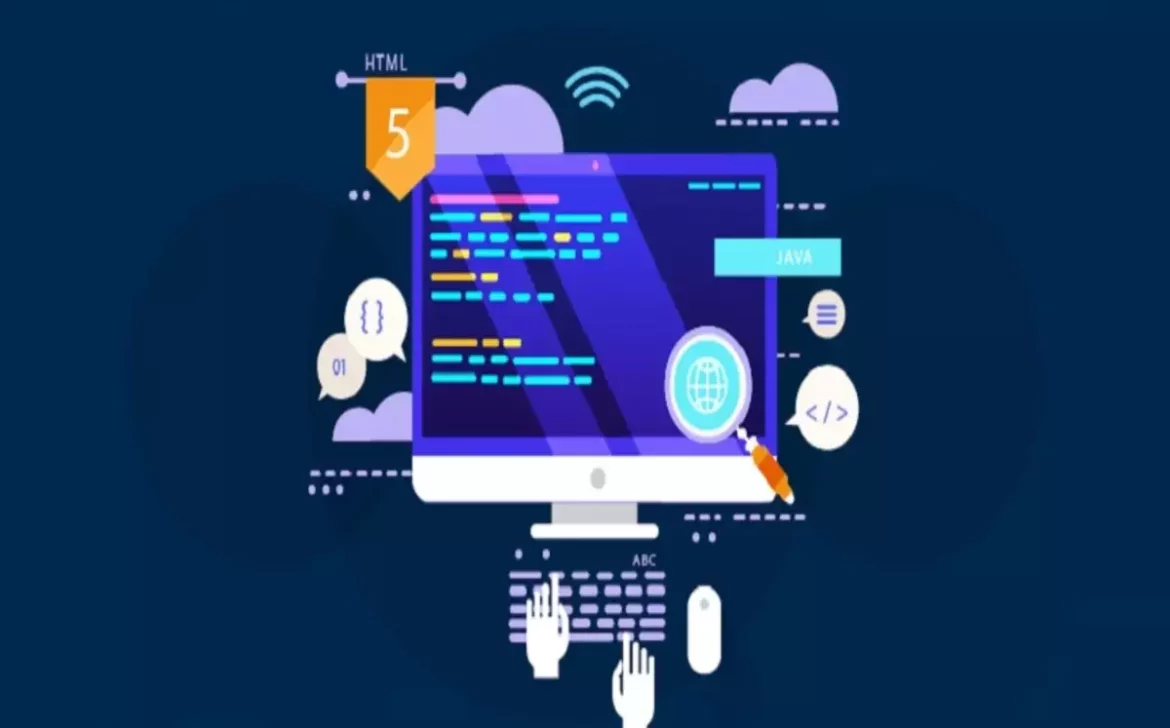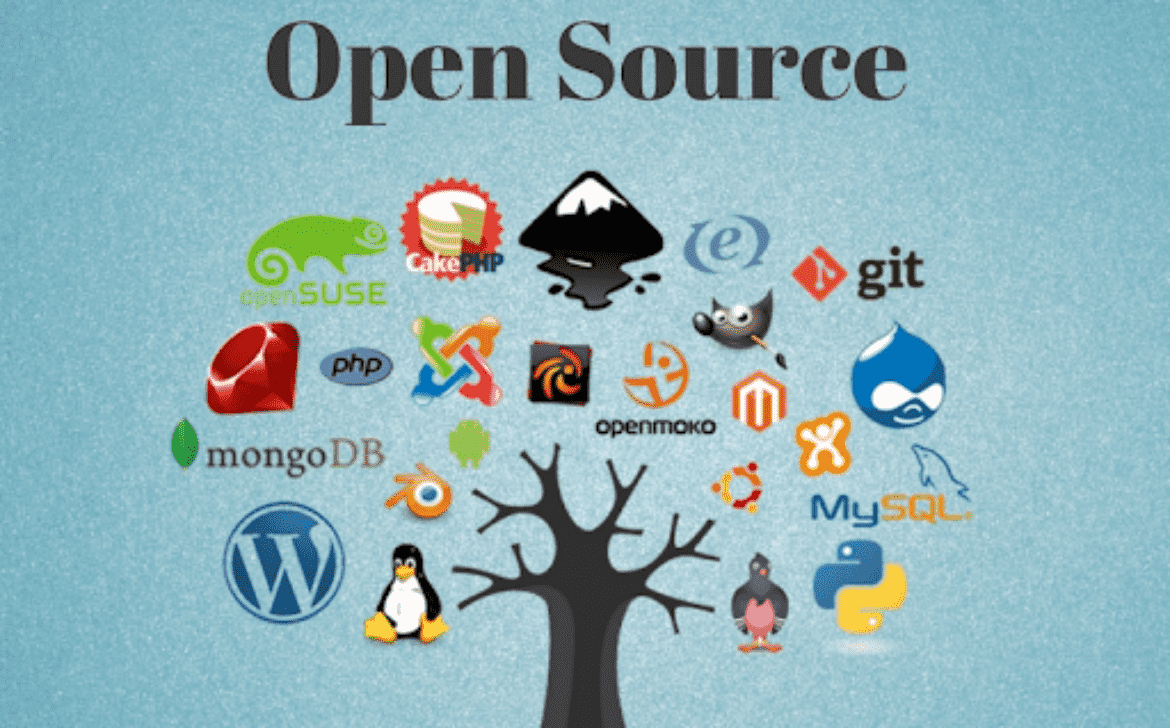Exploring Digital Currency: The Evolution of Cryptocurrency
Introduction
Explore the transformative realm of digital currency, commonly known as cryptocurrency, and its revolutionary impact on finance. Uncover the foundational blockchain technology, delve into the benefits of decentralization, global accessibility, security, and financial inclusion. Navigate the challenges posed by volatility, regulation, security concerns, and environmental considerations. Discover how digital currency is shaping the financial landscape through CBDCs and its journey toward mainstream adoption.
The Rise of Digital Currency
Discover the disruptive force of digital currency, including popular cryptocurrencies like Bitcoin and Ethereum. Unlike traditional currencies, these digital counterparts are decentralized and built upon innovative blockchain technology.
Blockchain Technology: The Cornerstone
Delve into the foundation of digital currency—blockchain technology. This revolutionary ledger system ensures transparency, security, and immutability, redefining the way transactions are recorded. With its decentralized nature, intermediaries are eliminated, facilitating secure and peer-to-peer transactions.
Benefits of Digital Currency
- Decentralization: Understand how digital currencies operate on decentralized networks, eliminating intermediaries and potentially democratizing financial systems.
- Global Accessibility: Explore the borderless nature of digital currencies, enabling instant cross-border transactions devoid of traditional banking delays and fees.
- Security and Privacy: Learn how blockchain’s encryption ensures secure transactions, while users maintain control over their data, without relying on centralized institutions.
- Financial Inclusion: Discover the potential of digital currencies to provide access to financial services for the unbanked and underbanked, offering economic empowerment.
- Reduced Transaction Costs: Compare traditional financial systems with the streamlined processes of digital currencies, leading to minimized transaction costs.
Challenges and Considerations
- Volatility: Grasp the concept of volatility in digital currencies, recognizing its potential impact on stability and reliability as a store of value.
- Regulatory Uncertainty: Understand the evolving regulatory landscape, as governments and institutions strive to classify and regulate digital currencies.
- Security Concerns: Acknowledge that while blockchain offers robust security, digital currencies remain vulnerable to cyberattacks and hacking incidents.
- Environmental Impact: Explore the environmental implications of energy-intensive cryptocurrency mining, raising concerns about sustainability.
The Future of Digital Currency
Explore the dynamic evolution of digital currency:
- Central Bank Digital Currencies (CBDCs): Learn about the exploration of CBDCs, combining digital currency advantages with the backing of central banks.
- Mainstream Adoption: Recognize the potential for digital currencies to become integral to everyday transactions, fostering widespread acceptance.
- Financial Transformation: Understand the role of digital currencies in reshaping financial services, from remittances to payment systems.
Conclusion
Digital currency heralds a new era in finance, offering potential advantages such as financial inclusion, reduced transaction friction, and innovation. However, challenges of regulation, security, and environmental impact must be navigated cautiously. As digital currencies continue to evolve, their integration into mainstream finance holds the potential to redefine economic interactions, transcending borders and shaping the future of money.










